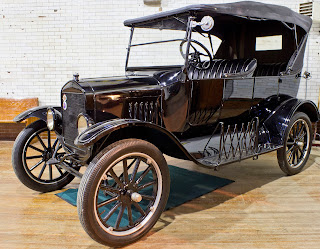Empathy is an important attribute in Design Thinking. In order to solve our customer's problems, we really need to understand them. We need to walk in their shoes. But there's a limit to how far we can take this. We can spend hours talking to an astronaut, but we will never truly understand what it's like to walk in space.
Agile has this idea of the Product Owner, but you don't see much written in agile about empathy. One approach that can help you get past the empathy hurdle mentioned above is to find a key user (or users) to be part of your team. Some organizations call this a Sponsored User, the organization leading the project sponsors this person't participation in order to get their direct input into the product.
The sponsor user becomes one part of the multi-disciplinary team. Their input is important, but it isn't the only input. While they may understand the customer perspective, you need to balance all the project constraints, especially the time and cost it may take to implement some of the sponsored user's ideas. Don't lose sight of your minimal viable product (MVP) in trying to make the sponsored user happy.
You may also have more than one sponsored user, depending on the breadth of the solution you are trying to provide. If your current release has two or three major themes or epics, you could have a different sponsored user for each epic. Contrast this to the idea of having a single product owner responsible for the overall solution.
So when empathy isn't enough, make the user part of the team in order to keep the direction of your product moving the right way.
A look at how we deliver value, incorporating diverse ideas that can be applied to organizations.
Tuesday, May 31, 2016
Monday, May 16, 2016
Henry Ford and Design Thinking

Henry Ford pioneered many of the ideas that are now commonplace in business, including ideas used in Design Thinking. He has been quoted as saying "If you ask people what they want, it would be a faster horse." This hits on the design thinking principle of divergence. You need to understand what problem you are solving before coming up with a solution. Henry Ford wasn't solving a problem around horses, he was solving a transportation problem.
I was in a design thinking workshop and we did an exercise where first we were asked to draw a door bell. Then we were given a problem in a different framing, we were asked to draw a way to know if someone was at the door. The second set of drawings were much different. A doorbell would have worked, but by reframing the question, many other solutions came out.
Another Henry Ford quote is "you can have any color, as long as it's black." On the surface, this might not sound very customer friendly, However, this response was due to the solution to another problem. When he was developing the production line for the Model T, he was challenged in the painting step. He found all paint colors took to long to dry, except black. By only offering black, he was actually fixing a bottle knock in his process...applying the theory of constraints as it were.
Next time you're working on a solution to a problem, spend a few minutes and think about the framing of the question. Can you change the question in order to expand you possible solutions?
Labels:
design thinking,
theory of constraints
Subscribe to:
Posts (Atom)